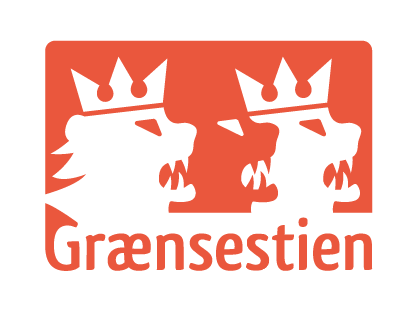Customs officers and offices
The border was closely guarded by gendarmes and customs officials. It gave many jobs and provided support to many families. At the customs office in Obbekær 17 people were employed with customs and border service.
Read here about everyday life in customs offices and the difficulties that customs officials sometimes encountered.
Customs offices and inspection posts along the 1864 border
Both Denmark and the German Empire had customs offices and border inspection posts at crossing points and connecting roads between the two countries. Broder inspection was reinforced during the rinderpest in Germany in 1877, the cholera epidemic in 1892 a
The Toldror Station and Krydstold Authority at Vester Vedsted and Mandø
All along the coast, smugglers tried to get away from the Customs inspectors.
The German Customs Office in Roede Kro
Westerbek Zollkontrolle was German and received its name from the village of Vesterbaek. The customs office was established in an inn, Vesterbæk Kro, later known as Roede Kro, on Roagervej 171.
The Danish Customs Office in Klaaby
The customs border office in Klaaby was organised under Egebaek Border Duties Collection Office until 1 April 1901, and subsequently under the Customs House in Ribe.
Smugglers and Gendarmes near Klaaby
Smuggling took place in both directions across the border. If a particular consumer item was cheapest in Germany, it was smuggled into Denmark, and maybe sold at a higher price -and vice versa.
The Danish Customs Office in Hoemlund Kro
The inn, Hoemlund Kro, on Toftlundvej 82 housed a customs border office from 1865-1920.
The German Customs Office in Gelsbro
In 1877, there was an outbreak of rinderpest in Germany, and in1892 a cholera epidemic broke out in Hamburg. A disinfection hut in which animals were subjected to steam baths was erected on both occasions.
The Danish Customs Offices in Skallebaek and Gelsbro
The customs office was located 5 km from the border. As a result, the official line along which policing took place was drawn back towards the customs office for a number of years, so that the gendarmes did not have to walk as far while on guard duty.
Plovstrup, Toboel, Kalvslund and Villeboel
When Germany introduced the customs border in the spring of 1864, the reporting posts in Plovstrup and Tobøl were established north of Kongeaaen. People could register tax-free goods here.
The border at Kalvslund was moved
Kalvslund’s inhabitants wrote to the king, Christian IX, and asked that they be allowed to belong to Denmark.
The German Customs Office in Kalvslund
The German customs office was called Bavnegaard Zollkontrolle.
The Danish Customs Office at Obbekaer
The parish of Obbekaer Sogn was separated out from Fole Sogn on the German side and was established as a Danish parish following the defeat in 1864.
